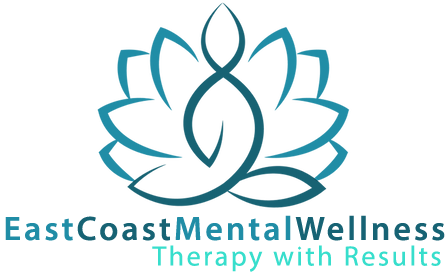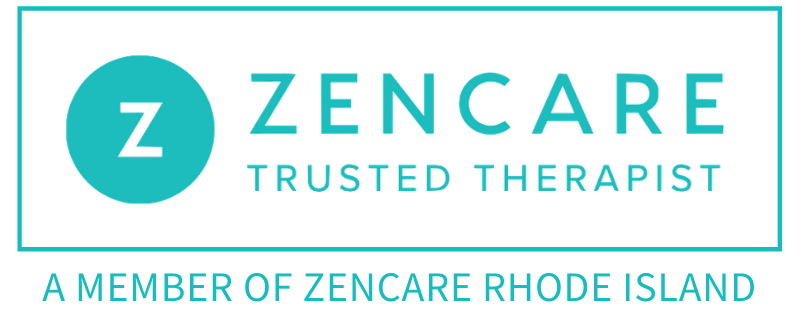What Is EMDR Therapy?
Eye Movement Desensitization and Reprocessing (EMDR) is a powerful, evidence-based therapy designed to help people heal from emotional distress and trauma. Unlike traditional talk therapy, EMDR doesn’t require you to relive painful memories in detail. Instead, it uses a structured, eight-phase approach that helps your brain reprocess traumatic or distressing experiences so they no longer feel overwhelming.
During EMDR sessions, bilateral stimulation, often through eye movements, gentle tapping, or sounds, helps both sides of your brain work together to “unstick” memories that have been trapped in the nervous system. The result? Your brain can finally process what happened and store it as a neutral memory, reducing emotional intensity and physical symptoms like anxiety, panic, or intrusive thoughts.

Who Can Benefit from EMDR?
When something traumatic happens, the brain’s natural ability to process information can become disrupted. Those unprocessed memories can stay “frozen in time,” continuing to trigger emotional or physical reactions long after the event.
EMDR works by helping your brain re-activate its natural healing process—similar to how your body heals after an injury. By stimulating both hemispheres of the brain while focusing on distressing memories, EMDR allows those experiences to integrate properly. Over time, the emotional charge diminishes, and new, adaptive beliefs (“I am safe,” “It’s over now”) replace old, negative ones (“I’m powerless,” “It’s my fault”).
Why Choose EMDR Over Other Modalities
While traditional therapies such as CBT or talk therapy can help you understand your thoughts and behaviors, EMDR goes deeper by addressing where trauma is stored,in the body and the nervous system.
- Faster results: Many clients notice meaningful relief in fewer sessions.
- Less talking, more healing: You don’t need to describe every detail of your trauma to get results.
- Whole-body impact: EMDR helps calm both mind and body, reducing anxiety, flashbacks, and physical tension.
- Evidence-based: Endorsed by the American Psychiatric Association, the World Health Organization, and the U.S. Department of Defense for trauma treatment.
Research References:
American Psychological Association. (2023). What is EMDR therapy and why is it used to treat PTSD? APA. https://www.apa.org/topics/psychotherapy/emdr-therapy-ptsd
U.S. Department of Veterans Affairs, National Center for PTSD. (2024). Eye Movement Desensitization and Reprocessing (EMDR) therapy. https://www.ptsd.va.gov/professional/treat/txessentials/emdr_pro.asp
Wright, E. M., Ost, L.-G., Strid, C., et al. (2024). EMDR v. other psychological therapies for PTSD: A systematic review and individual participant data meta-analysis. Psychological Medicine. Cambridge University Press. https://doi.org/10.1017/S0033291724000589

Why EMDR Works?
EMDR is effective for more than just PTSD. It can help with:
- Anxiety and panic attacks
- Depression and low self-esteem
- Relationship and attachment issues
- Grief and loss
- Phobias
- Performance anxiety
- Childhood trauma and neglect
Start Your Healing Journey
Healing from trauma doesn’t have to mean reliving it. EMDR offers a gentle, science-backed way to help your brain and body move forward.
Rhode Island Location
1 Richmond Square
350w
Providence, RI. 02906
(GPS Location 331 Waterman St)
*Free Parking
Florida (Mailing Address)
25 SE 2nd Ave,
Ste 550 PMB 21
Miami, FL. 33131
Contact Us
401-227-0372
Fax 877-455-9466
If you or someone you know is struggling or in crisis, help is available. Text or call 988 or chat 988lifeline.org. Caring counselors listen and provide free and confidential support 24/7.
National Transgender Lifeline Crisis Line (Staffed by Transgender Individuals) 1-877-565-8860
National Coalition Anti-Violence Programs: 212-714-1141
Lesbian, Gay, Bisexual and Transgender (LGBT) National Hotline:
1-888-843-4564
LGBT National Youth Talkline:
1-800-246-PRIDE (1-800-246-7743)
LGBT National Senior Talkline:
1-888-234-7243
LGBT Youth Talkline: 800-246-7743



